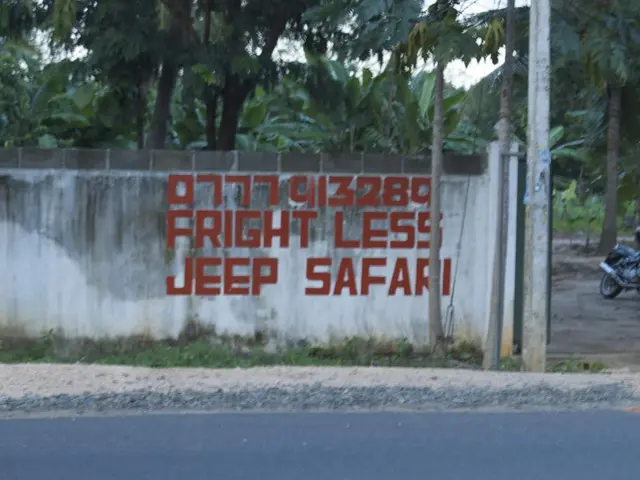Visa's continuously operating battle station confronts international cyber-thieves worldwide
In the ever-evolving world of digital finance, cybercriminal organizations have become increasingly sophisticated in their methods to commit fraud and scam activities. According to Michael Jabbara, Visa's global head of fraud solutions, these organizations range from individual threat actors to corporatized criminal networks.
## Common Methods and Techniques
One of the most concerning trends is the use of emotional manipulation scams, which target consumers by exploiting their vulnerability to emotional manipulation. These scams often go unnoticed for extended periods, causing significant financial loss to unsuspecting victims.
Another method is the distributed card information attack, where once card information is obtained, it is automatically distributed across numerous merchant websites. These sites generate small recurring charges, often too low for victims to notice for months.
Brute force attacks, facilitated by cloud computing, involve repeated payment attempts to crack a card's number, expiry date, and security code. This method is made easier with off-the-shelf services available in the cybercrime and fraud space.
Some criminal organizations operate with sophisticated management structures, including chief risk officers who determine operational risk appetite. They may avoid targeting certain sectors like government infrastructure and hospitals due to the high risk of law enforcement intervention.
Unauthorized payment services are also used by scammers to quickly access the global banking system and distance themselves from transactions. These services can create invoices for non-existent goods or services to justify fund transfers.
The rise of instant payments has also presented a new challenge, as fraudsters can quickly settle transactions before they can be detected or reversed. This necessitates real-time fraud detection methods to combat these threats.
## Visa's Cybersecurity Measures
Visa, a company that handles approximately $15 trillion annually, representing 15% of the global economy, is not immune to these threats. The company maintains a payment scam disruption team focused on understanding criminal methodologies and has invested $12 billion over the past five years in AI-powered cyber fraud detection capabilities.
Staff in the Cyber Fusion Center monitor potential cyberattacks targeting Visa's own infrastructure around the clock. Visa's networks handle millions of attacks across different parts of their network, with most being handled automatically without human intervention.
Despite these measures, consumers remain at a higher risk of attacks due to their continuous vulnerability online. To ensure global vigilance, Visa maintains identical facilities in London and Singapore.
## The Dark Side of the Digital Economy
The availability of off-the-shelf services in the cybercrime and fraud space has lowered barriers, similar to cloud computing for startups. These toolkits may include software, tutorials on usage, access to mule networks, and bot networks for denial-of-service attacks.
Scam centers, especially those in Myanmar's lawless border regions, are a concern. They are built by Asian crime networks and involve human trafficking victims. These centers distribute card information across numerous merchant websites for small recurring charges, often going unnoticed by victims for months.
Some fraud operations are systematically and quietly devastating, resembling legitimate tech companies, offering services and digital products to fraudsters. These organizations employ chief risk officers who determine operational risk appetite, further highlighting the evolving sophistication of cybercriminal organizations in exploiting vulnerabilities in financial systems.
In response to the growing threats in the digital economy, Visa has invested in artificial intelligence-powered cyber fraud detection capabilities to combat distributed card information attacks, brute force attacks, and unauthorized payment services. Simultaneously, the art world is not immune to fraud, with digital art platforms experiencing increased incidents of counterfeit sales, jeopardizing the economy and the integrity of the arts industry.




